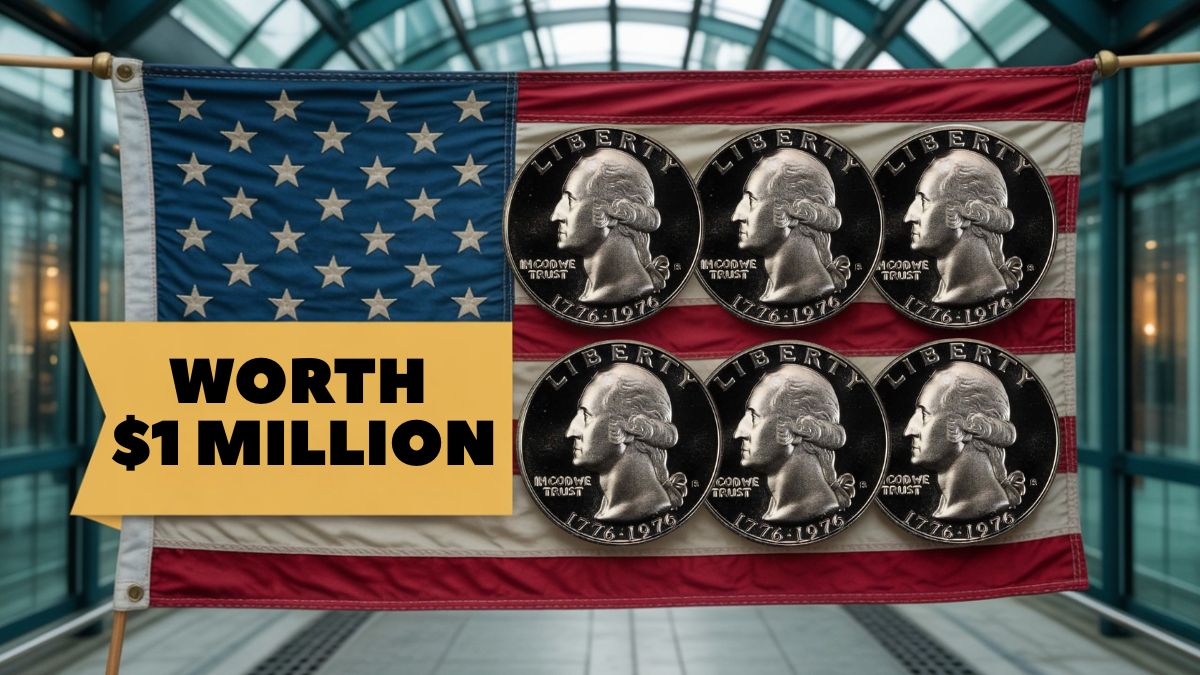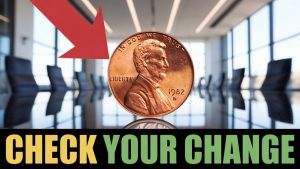Often we ignore the coins jingling in our pockets or lying in the corner of an old cupboard. One of those coins—the Bicentennial quarter—looks common at first glance, but did you know that this special quarter issued in 1976 can be worth millions today under certain circumstances? Yes, some varieties of this coin issued by the U.S. Mint to celebrate 200 years of America’s independence are so rare that they have been sold for more than $1 million. If you have an old quarter lying around, then this article can prove to be a treasure hunt for you.
History and Significance: What is the Bicentennial Quarter?
This 1976 quarter was issued to commemorate 200 years of America’s independence. It was first printed in 1975 and had a double date of “1776–1976,” which makes it historic. This special edition quarter featured a colonial drummer boy on the reverse, depicting the era of the freedom struggle. This design made these coins distinct and unique from the common coins. Although most of these coins are worth only a little more than their actual value (25 cents), some coins with special minting errors, rare metals and pristine condition have become rare treasures for collectors today.
1. 1976-S Silver Proof Bicentennial Quarter – Deep Cameo Error
This coin is probably the highest-value Bicentennial quarter issued by the San Francisco Mint with a silver proof finish. This coin received a grade of PR70 Deep Cameo, indicating “perfect condition.” Its luster, clarity of design and a special minting error made this coin extremely rare. Its surface is mirror-like and the image of the soldier playing the drum is completely frosted (embossed with a hazy shine), which makes it even more attractive among collectors. A private buyer bought it for $1.2 million, and the deal was discussed all over the world.
2. 1976 No Mint Mark Double Die Obverse—Philadelphia’s Error
This quarter was made in the Philadelphia Mint, so it does not have any mint mark. But its most special feature is that when viewed under a microscope, a double impression is clearly visible on the dates ‘LIBERTY’ and ‘1776–1976.’ Coin experts call it a “Double Die Obverse (DDO)” error. Such error coins are in high demand in the world of collectors. Only a few units of this special coin are available, and when a high-grade DDO quarter was presented at auction, it sold for up to $1.05 million. Due to this rarity, this coin has become a part of history.
3. 1976-D Bicentennial Quarter Struck on a Silver Planchet—A Unique Mint Mistake
The coin was supposed to be struck on a copper-nickel-clad planchet at the Denver Mint but was mistakenly struck on a silver planchet. Usually, silver planchets are only used for proof coins, but this mistake made this coin priceless. It is an “off-metal error,” which was certified by NGC (Numismatic Guaranty Company) and sold for $1.1 million at an auction. This incident shows how a small mistake during minting can prove to be a big find for collectors.
4. 1976 Quarter with Full Drum Lines—When the design became valuable
The value of any Bicentennial quarter increases when all the drum lines of the colonial soldier playing the drum are clearly visible on it. Such quarters are called Full Drum Lines coins. The rarity depends on the pressure and alignment at the time of minting. An MS-68 grade quarter with very clear drum lines and flawless luster sold for over $1 million at a major coin show. It is considered a top-grade example by collectors, and elite coin buyers are willing to shell out millions for it.
5. Off-Center Strike and Die Clash Error—Double the price
A coin that was about 15% off-center strike also had a die clash—that is, the design on both sides of the coin was printed on each other. This type of double minting error is extremely rare. The only known coin sold in a private sale for $1.15 million. The incident became an example among coin collectors of how two minting errors can skyrocket the price of an ordinary-looking coin when they come together.
How to Identify a Bicentennial Quarter With Exceptional Value?
If you want to test your old coins, keep a few key points in mind.
- First, look carefully at the lines on the drummer boy’s drum. If they are clear and prominent, it could be a positive sign.
- Check the coin’s mint mark—coins with an “S” are often proof and silver coins.
- Check for doubling in “LIBERTY” and the date (1776–1976) with the help of a magnifying glass.
- Weigh the coin—a coin struck on a silver planchet will be heavier than a copper-nickel coin.
- Identify any unusual strikes, such as off-centering or die clash.
By paying attention to these points, you can identify whether your Bicentennial quarter is a common coin or a hidden treasure.
Final Thoughts
Bicentennial quarters may not be common. Of course, there are some extremely rare and valuable versions that are priceless in the eyes of collectors. Minting errors, rare planchets and flawless preservation have led to prices of these coins reaching over $1 million. If you have a coin that fits any of the characteristics mentioned above, don’t forget to get it graded. It could open the door to an economic revolution for you.
So the next time you are looking at the coins in your pocket, you might have a treasure worth millions of dollars hidden right between your fingers.


